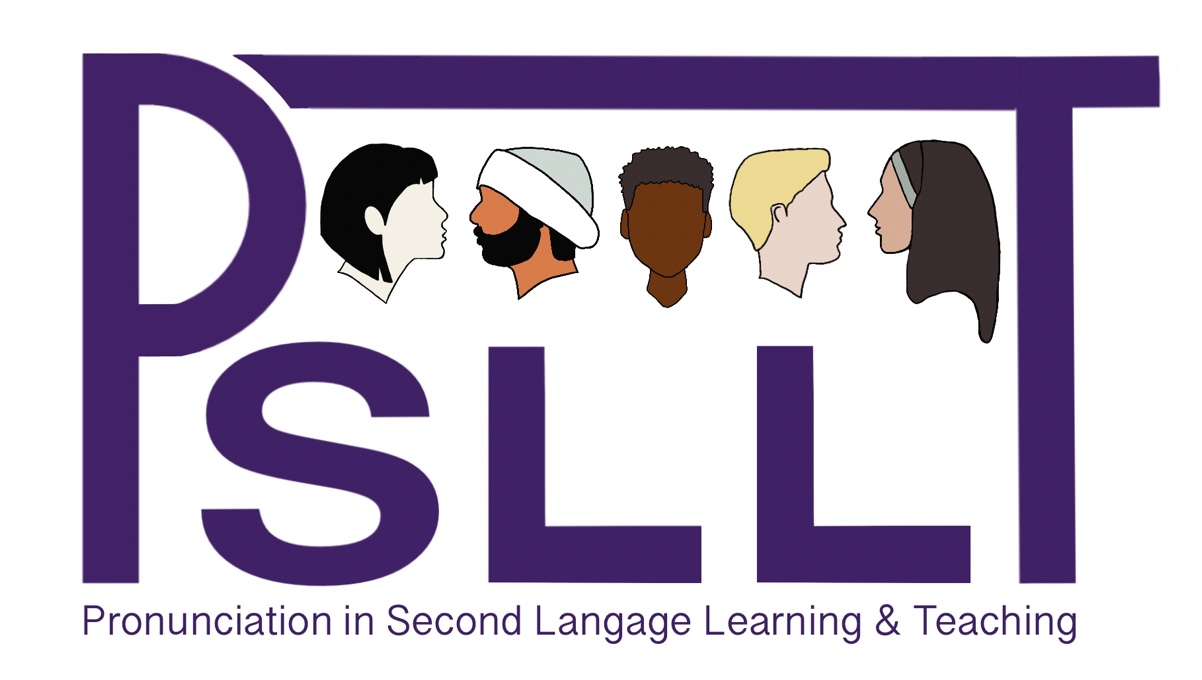Automatic Speech Recognition: Making It Work for Your Pronunciation Class
- Shannon McCrocklin (University of Texas)
Abstract
Automatic Speech Recognition (ASR), the technology behind language learning technology such as Rosetta Stone and Burlington English, is also available through many dictation programs freely accessible on the devices that students are likely to already own or have access to. Such ASR programs empower students to work on their pronunciation on their own, getting feedback based on the transcription provided by the program (McCrocklin, 2014). This paper introduces the potential benefits of using ASR in the classroom (such as fostering learner autonomy and supplementing course work), explores a few of the programs/technologies available (Siri, Google Voice Search, and Windows Speech Recognition), provides ideas for utilizing ASR as part of a pronunciation class (such as ideas for guiding student work), and addresses challenges that could potentially develop when using ASR programs (such as student frustration).
How to Cite:
McCrocklin, S., (2014) “Automatic Speech Recognition: Making It Work for Your Pronunciation Class”, Pronunciation in Second Language Learning and Teaching Proceedings 6(1).
Downloads:
Download PDF
View PDF
